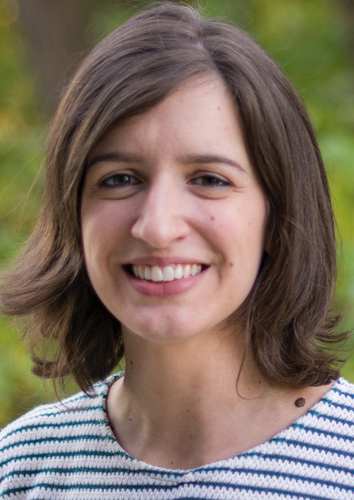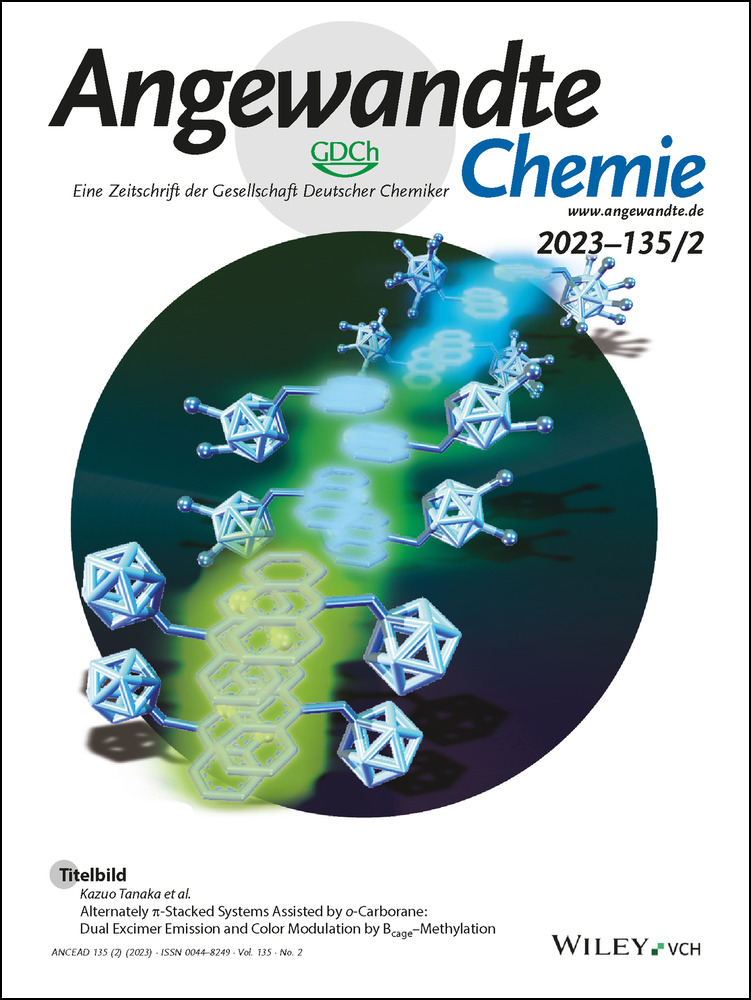Nieves López-Salas
Graphical Abstract
“The most important quality of a mentor is empathy, understanding that every person is unique and has or is experiencing a different reality and needs different advice … My science ‘heroes’ are Marie Curie, for her two Nobel Prizes and two Carbon Queens, Rosalind Franklin and Mildred Dresselhaus …” Find out more about Nieves López-Salas in her Introducing … Profile.
Nieves López-Salas
The author presented on this page has published her first article as a submitting corresponding author in Angewandte Chemie:
“Catalytic Properties of High Nitrogen Content Carbonaceous Materials”: E. Lepre, S. Rat, C. Cavedon, P. H. Seeberger, B. Pieber, M. Antonietti, N. López-Salas, Angew. Chem. Int. Ed. 2022, doi.org/10.1002/anie.202211663; Angew. Chem. 2022, doi.org/10.1002/ange.202211663.
-
Position:
-
Junior Professor in Sustainable Materials Chemistry, Chemistry Department, University of Paderborn (Germany)
-
Homepage:
-
https://chemie.uni-paderborn.de/arbeitskreise/sustainable-materials-chemistry/ak-lopez-salas
-
ORCID:
-
-
Education:
-
2011 Bachelor in Chemical Engineering, University of Murcia (Spain)
2013 Master in Electrochemistry, University of Burgos (Spain)
2017 PhD in Electrochemistry with Prof. Francisco del Monte, Materials Science Institute of Madrid (ICMM-CSIC) (Spain)
2018–2022, Group Leader with Prof. Markus Antonietti, Max Planck Institute of Colloids and Interfaces, Potsdam (Germany)
-
Research:
-
Carbonaceous materials, carbocatalysis, electrocatalysis, sustainable chemistry
-
Hobbies:
-
Photography, painting, cycling
The most exciting thing about my research is that materials based on one element, carbon, have the potential to make a change in so many different technologies but at the same time, so much is still not known about them.
The greatest scientific advance of the next decade will be related to energy systems. Energy storage and transformation must deeply change to adapt to our ever-growing society.
The biggest challenge facing scientists is changing their mentality towards real, sustainable approaches.
My first experiment was baking cakes with my grandmother. She taught me the art of reproducibility.
During the first days of my master's studies, my first experiment was preparing a deep eutectic solvent together with Dr. Daniel Carriazo. Watching the solid–solid mixture of urea, resorcinol and choline chloride melt in front of my eyes at 80°C was one experience that deeply fascinated me.
A turning point in my career was when Prof. Antonietti invited me to work in his department. It was a life-changing inspiring experience.
I chose my current career path because it challenges what I know every day, allows me to learn while interacting with people worldwide, and it is a lot of fun!
A good day at work starts with some coffee with the team and discussing anything happening around us—news, science, life. It helps team building, and listening to perspectives from all around the world about one topic is always so interesting!
If I had one year of paid leave, I would travel worldwide.
The most important quality of a mentor is empathy, understanding that every person is unique and has or is experiencing a different reality and needs different advice.
My long-term goal is to set up a leading group in Sustainable Materials Chemistry at Paderborn University.
My secret/not-so-secret passion is photography. Preparing to shoot, shooting a photo and then editing it is something I can spend several hours doing.
My favorite food is my mom's seafood paella.
My favorite drink is cold vermouth while chatting with friends and preparing some food!
I lose track of time when I am reading, no matter if it is seeking new ideas or reading a good thriller.
My science “heroes” are Marie Curie, for her two Nobel Prizes and two Carbon Queens, Rosalind Franklin and Mildred Dresselhaus.
Behind the Science
The whole group was engaged in understanding what physico-chemical properties change when you introduce large amounts of nitrogen in carbonaceous materials. Enrico Lepre studied the performance–properties relations of several materials with and without single metal sites in different simple reactions with the help of all co-authors. The bare materials showed very interesting behaviours (i.e., very selective sorption of small molecules, changes in acidity and basicity of the surfaces) which made us interested in drawing some catalytic trends. A lot had been reported on carbocatalysis using doped carbons, so the biggest challenge was to provide something new and useful trends for the community!





